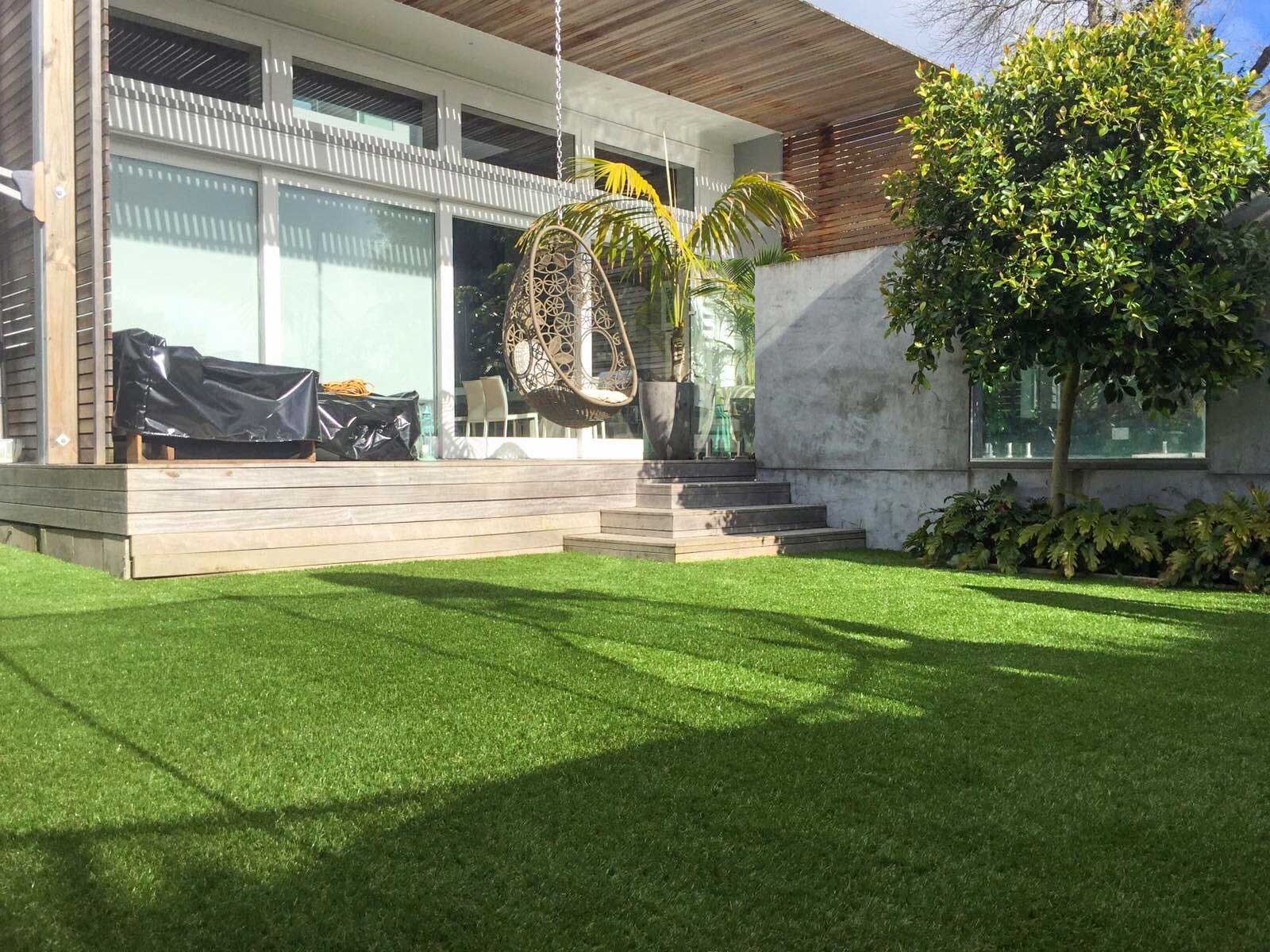How do you join two pieces of artificial grass together? We've all seen bad artificial…

Is artificial grass permeable?
Is artificial grass permeable?
Under the various council rules in New Zealand, a certain percentage of your outdoor space needs to be permeable. A permeable surface allows rainfall to soak into the ground – rather than overloading the stormwater systems and causing flooding. This means that in some situations, you would be unable to pave or concrete certain areas of your outdoor area. Those surfaces are generally speaking, classed as an impermeable surface. While natural grass is still the preferred solution for many kiwi property owners, it is often not going to provide a long term viable solution- this could be due to the move to smaller backyards, more shading by nearby buildings and trees, access to lawnmowers etc.
Over the years, artificial grass has become a very popular alternative to many traditional outdoor hard surfaces, for the very fact that artificial grass is permeable. It provides an all-weather, permeable solution that gives the appearance of a natural lawn without all the maintenance and fuss.
In many ways, artificial turf when installed correctly provides even better drainage qualities than natural grass. The backing material of the artificial turf has perforation holes which allows water to drain through the compacted base below. The underlying base of the artificial grass should consist of 100mm of GAP 20 and GAP 7 basecourse. What is Gap 20 and Gap 7? It is essentially crushed rock – GAP 20 means the rock is 20mm diameter versus GAP 7 at 7mm diameter.
By using artificial turf as part of your outdoor plan when building or renovating, and when installed correctly on the appropriate base layer, it is the perfect permeable, low maintenance, visually appealing solution for your backyard or courtyard.
Contact us now to discuss if artificial grass is suitable for your application.

